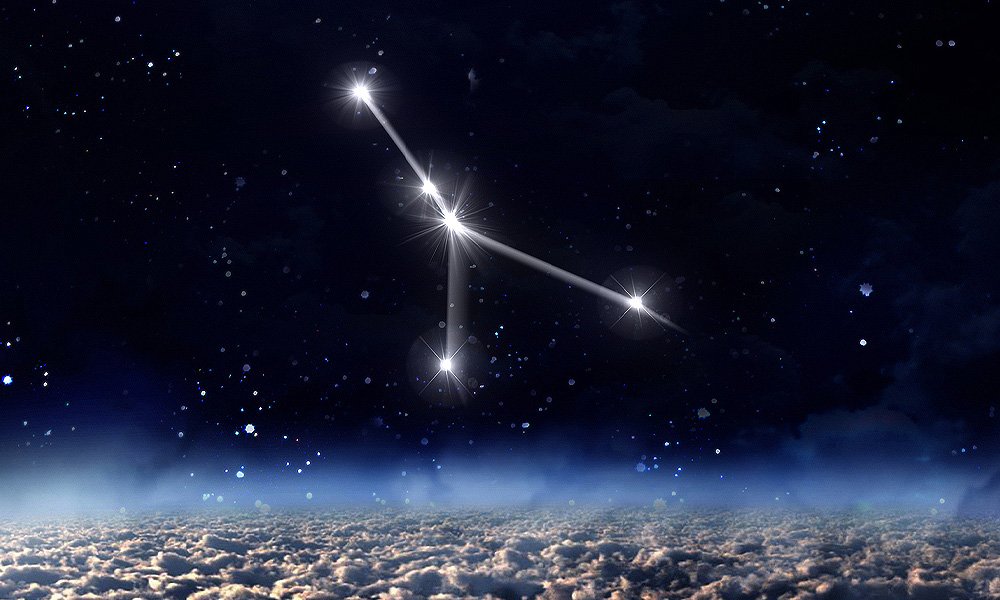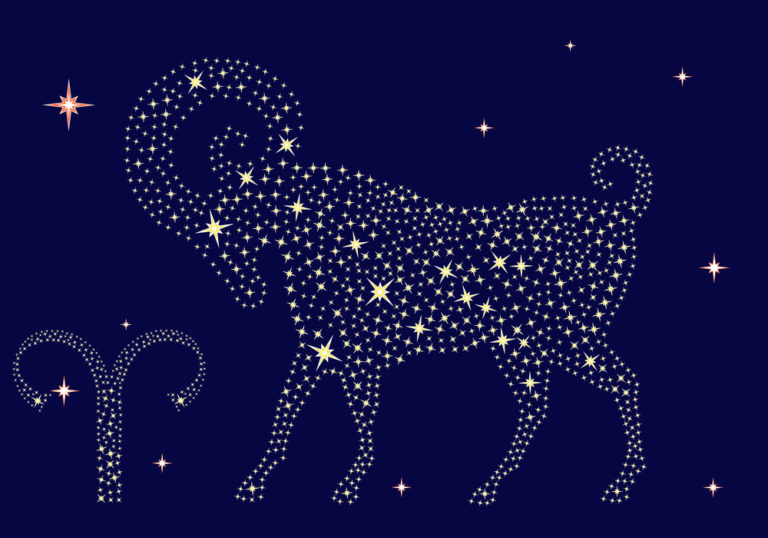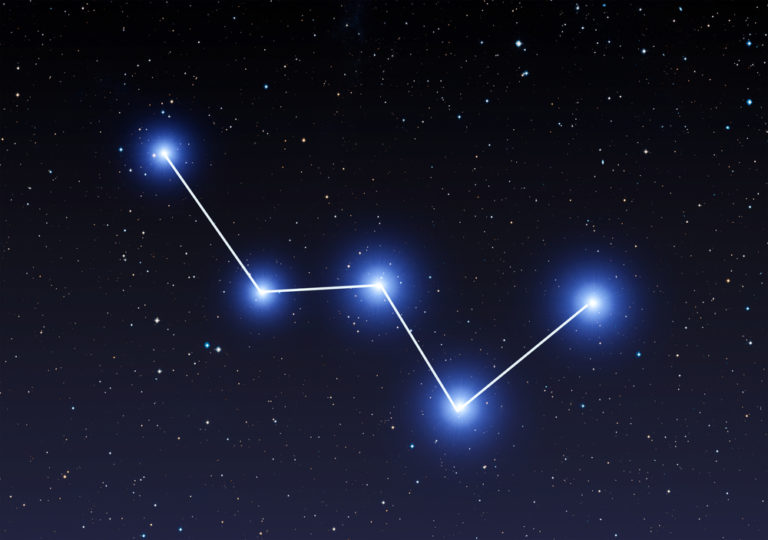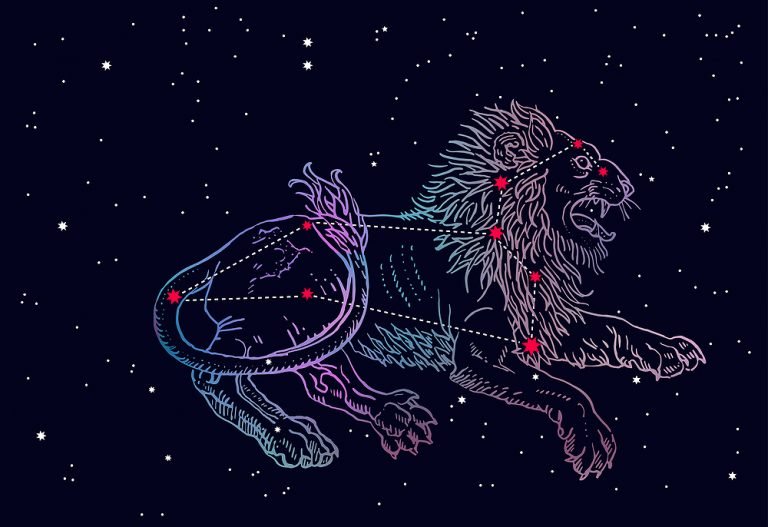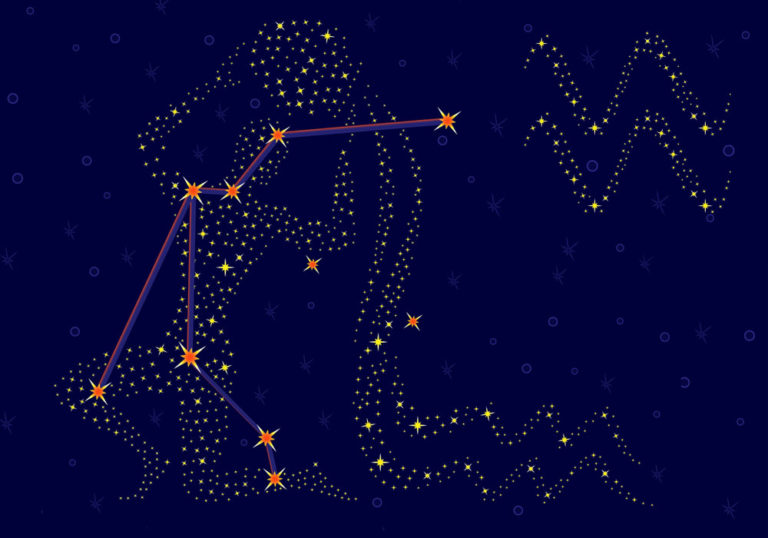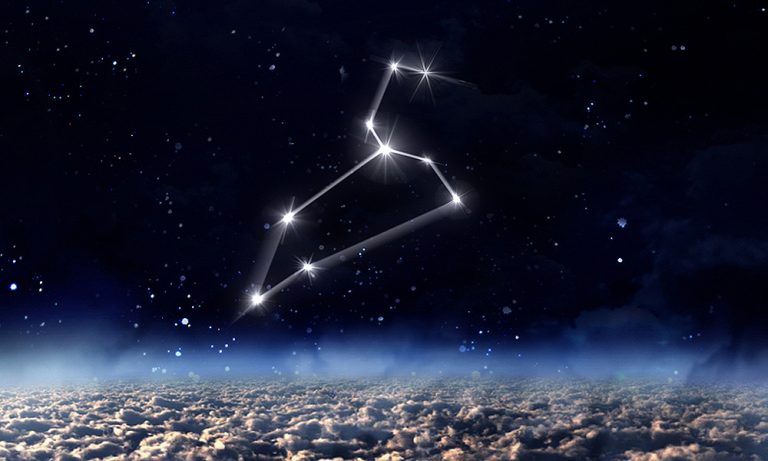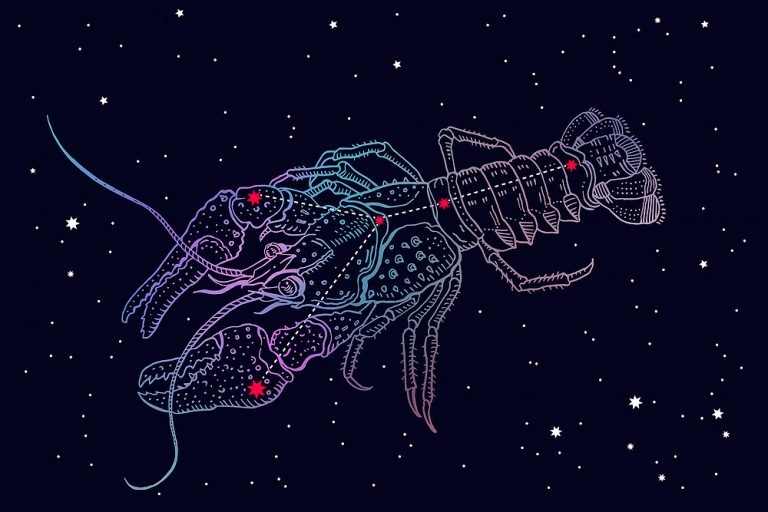Cancer Constellation: Stars, Myth, and Location (2024)
Object name: Cancer Constellation
Abbreviation: Cnc
Symbolism: The Crab
R.A. position: 07h 55m 19.7973s – 09h 22m 35.0364s
Dec. position: 33.1415138° – 6.4700689°
Distance from earth: The average distance is 235.61 light-years
Brightest star: Beta Cancri
Visible at: Latitudes between +90° and −60°
The Cancer Constellation is one of the twelve constellations of the Zodiac. It is also known as the Crab and has its roots in Greek mythology. It was named by the ancient Greco-Egyptian astronomer Ptolemy.
You can observe Cancer in both the northern and southern hemispheres, even though it is a fairly faint constellation. Cancer is a popular constellation for amateur astronomers as it offers views of the closest open cluster to the Earth.
Characteristics
How far is the Cancer constellation from earth?
Like most constellations, Cancer is made up of numerous stars, exoplanets, and deep sky objects. When observed from planet Earth, the constellation looks as if all the objects lie on the same plane. In fact, each object is at a different distance from the earth.
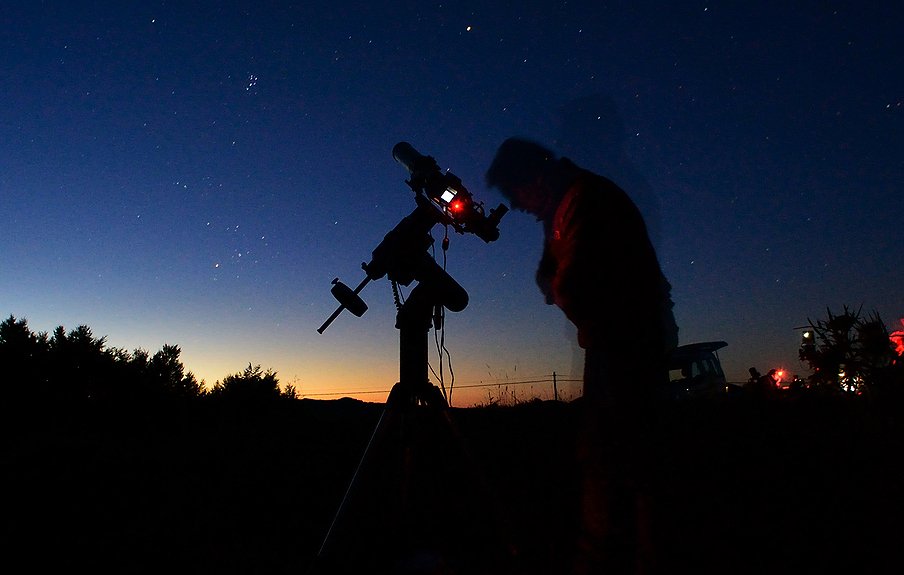
- To give some idea, the brightest star in Cancer is Beta Cancri, which is 290 light-years away.
- Another major star is Delta Cancri, which is closest to the earth at a distance of 131.13 light-years away.
- Another notable feature of cancer is 55 Cancri, a binary star. This object is found relatively close to earth at only 40.9 light-years! (1, 2)
Taking into account the objects and their individual distances, the average distance of Cancer from the earth is 235.61 light-years.
What does the Cancer constellation look like?
The Cancer star constellation looks very much like a faint upside-down Y shape. Although it is made of numerous stars, the main stars are usually highlighted to create the Y-shape.
You can see this constellation in both the northern and southern hemispheres. In the southern hemisphere, constellations appear upside-down. In other words, the Y shape is the right way up.

To imagine a crab shape in the sky, think of the stem of the Y as the center of the back. The V shape forms the 2 claws that extend forwards.
- In the northern hemisphere – at the top of the Y is a bright double star known as Iota Cancri.
- Working down the spine, you will come across the famous Beehive Cluster, also known as M44.
- This cluster is close to the Earth and offers great viewing for beginner astronomers. It consists of around 50 stars. (3)
- At the end of the longest claw is Altarf, also known as Beta Cancri, the brightest star in the constellation. (4)
What is the Cancer symbol? It is a Crab.
How old is the Cancer constellation?
The Babylonians were avid astronomers and had identified a constellation which they named the Crayfish, as long as 3000 years ago.
The Crab is based on this ancient constellation. The Cancer zodiac constellation was one of the original constellations that were named by astronomer Ptolemy.
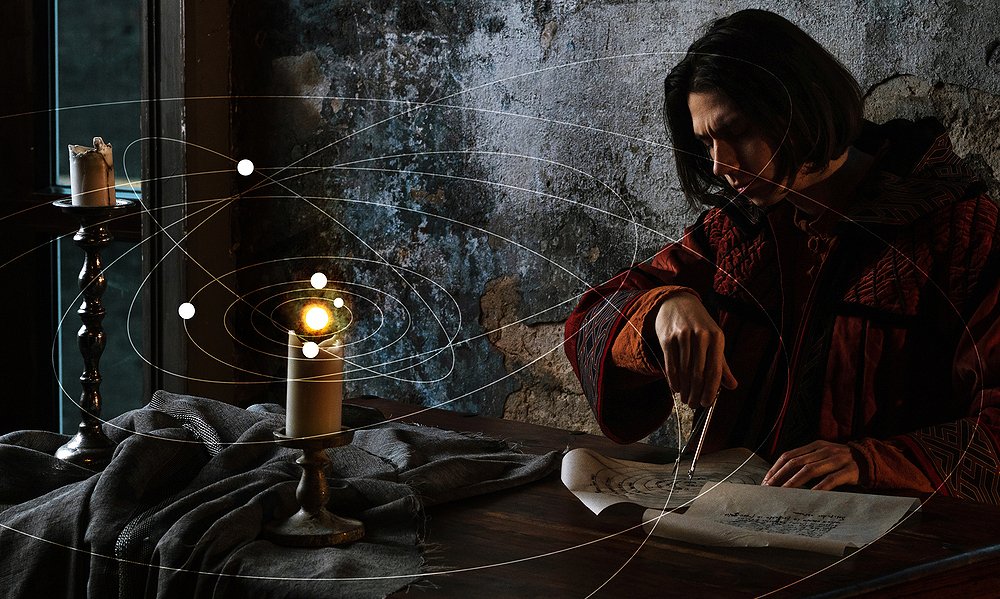
This ancient Greco-Egyptian astronomer lived between 90 AD and 168 AD. It was one of the first objects Galileo observed with his telescope in 1609. He identified 40 stars in the cluster. (5)
Scientifically, the constellation contains objects that are millions of years old.
- The Beehive open cluster in the constellation is thought to be in the region of 600 million years old.
- The Messier 67 is another open cluster in the constellation and is thought to be one of the oldest known to man. Its estimated age is between 3.2 and 5 billion years.
Zodiac family
Cancer is the fourth sign of twelve in the Zodiac family. It represents people born between June 20 and July 22. It is a water sign.
Cancer has two other zodiac constellations as neighbors in the night sky. Leo, the Lion, is on its right side and Gemini, the Twins are found on its left side.

Like all the Zodiac constellations, cancer lies on the ecliptic path. This is the path that the sun takes as it moves across the sky during the year.
Cancer zodiac is one of the four cardinal signs. The cardinal signs indicate a change of season when the sun makes its annual passage through them. Cancer represents the start of the summer season.
Cancer is located in the eastern celestial hemisphere, together with Pisces, Aries, Taurus, Gemini, Cancer, and Leo. (6)
Features
Stars in Cancer constellation
Like most constellations, Cancer is made up of numerous stars. Some Cancer stars are brighter than others and many are identified for their unique attributes.
Cancer has 5 main stars and around 120 other notable stars. It also has a number of open clusters, which themselves are made up of hundreds of stars.

The brightest Cancer star in the constellation is Beta Cancri, which has a magnitude of 3.5 and is also known as Altarf or Tarf. This star is a binary star that consists of an orange K-type giant and a fourteenth magnitude companion. This binary star is about 290 light-years away.
Also notable in the Cancer constellation stars is the star Alpha Cancri, also known as Acubens. It is the fourth brightest with an apparent magnitude around 4.20. Alpha Cancri is a multiple star system located approximately 174 light-years from Earth.
The brightest component is a white A-type main sequence dwarf. It also features an 11th magnitude companion, called Alpha Cancri B. (7)
Another interesting star is Delta Cancri, an orange giant. It has the accolade of having the longest name of any star in the universe – Arkushanangarushashutu.
It means “the southeast star in the Crab” in ancient Babylonian.
Deep sky objects in Cancer constellation
The most famous deep sky object in the Crab constellation is commonly called the Beehive because it resembles a swarm of bees. Other names are Praesepe, Messier 44, and M44.
This interesting object is the closest deep sky object to the earth and is a favorite for amateur astronomers to observe.
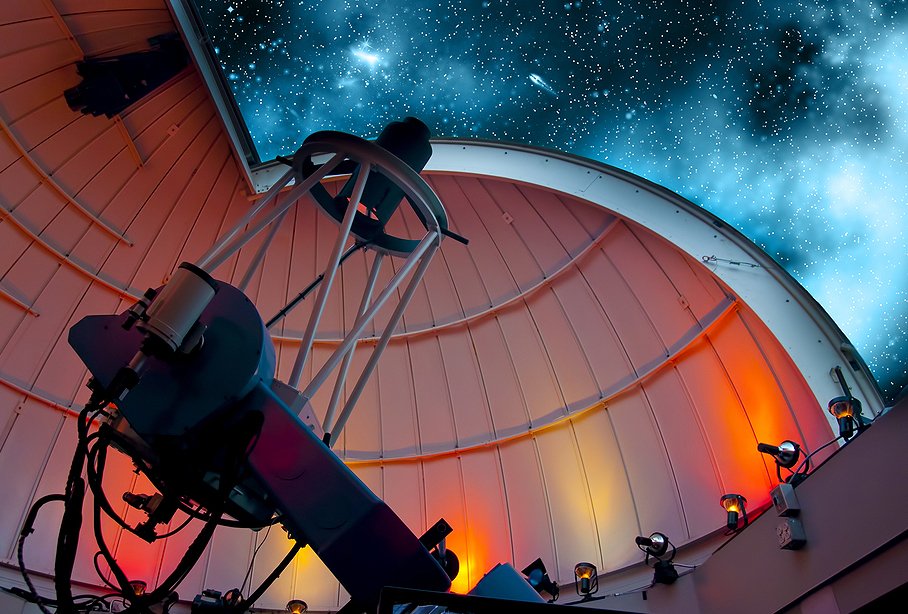
This cluster is made up of close to 1000 stars and is about 520 – 610 light-years from our solar system. The brightest star in the cluster is 42 Cancri and you can see it with powerful binoculars. (8)
Also of interest is another open cluster called Messier 67. This is a smaller and denser cluster that is around 2600 light-years from Earth. It contains approximately 200 stars.
Exoplanets in Cancer constellation
Exoplanets are planets that revolve around other stars, other than our star, the sun. The cancer constellation has around 10 important crab planets or exoplanets.
The most famous is known as 55 Cancri e and was once considered to be a “diamond world” due to its high density of carbon.
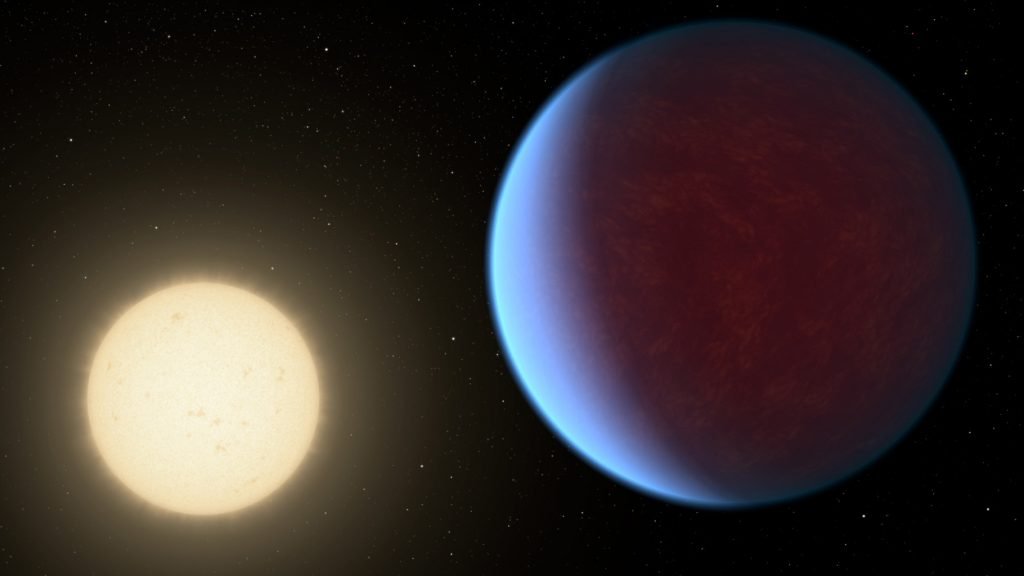
Image credits: NASA/JPL-Caltech
Astronomers thought that it had a graphite surface that covered a huge layer of diamonds underneath. Later studies showed that this might not, in fact, be the case.
Together with 55 Cancri e, are 3 other important exoplanets named 55 Cancri b, c, and d. They all orbit the main star called 55 Cancri A.
This star is smaller than our sun and less bright. This planetary system is interesting in that it is only one of four known planetary systems with more than five planets. Our own solar system is one of the four. (9)
Location and visibility
Where is Cancer constellation?
Cancer is the faintest of the Zodiac constellations and is difficult to see. A visit to the local Planetarium where they can simulate a night sky with no lights will help you to place Cancer in the sky.
Cancer occupies an area of 506 square degrees and is the 31st largest constellation.
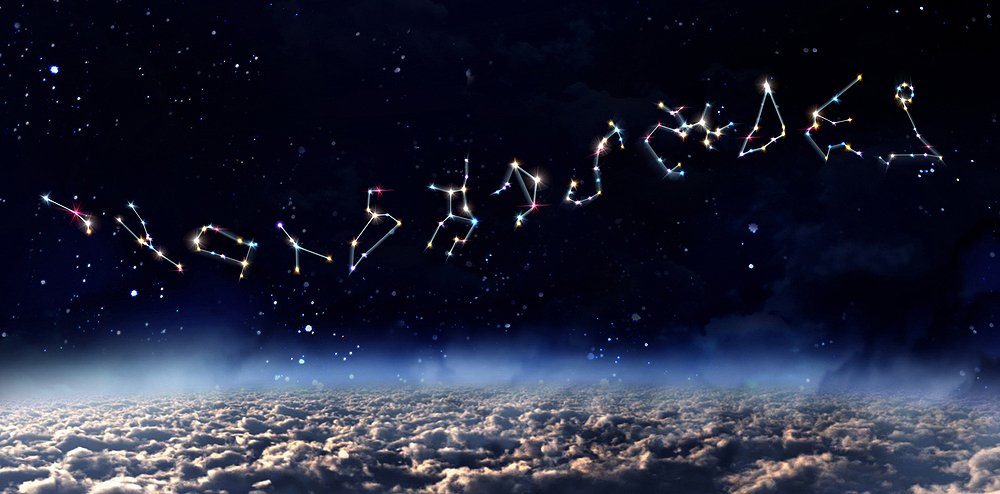
It lies in the second quadrant of the northern hemisphere. A quadrant is essentially a quarter of a circle, which allows astronomers to measure the altitude of objects above the horizon.
You can see Cancer at latitudes between +90° and -60°. The neighboring constellations are Canis Minor, Hydra, Gemini, Leo Minor, Leo, and Lynx. (10)
Also read: Leo Constellation & Orion Constellation
How to find Cancer constellation?
The Cancer (constellation) is the faintest of the Zodiac constellations and is difficult to see with the naked eye. You can give it a try on a dark and moonless night if you can get away from the city lights.
- First, locate the brightest stars of Gemini, called Pollux, then locate the brightest star of Leo, called Regulus. Cancer lies in between them.
- The Lynx lies to the north and Hydra to the south. Gemini lies to the west, Leo Minor to the northeast, Leo to the east, and Canis Minor to the southwest.
- You should be able to make out an upside-down Y shape.
- Imagine that the stem of the Y in the middle of the back and the V shape indicates the claws that extend outwards from the body.
When is the Cancer constellation visible?
Cancer can theoretically be seen in both hemispheres. In the northern hemisphere, it is best viewed from late autumn to spring.
In the southern hemisphere, Cancer can be seen in the summer and autumn months. Remember that in the southern hemisphere, it appears upside-down.
The chances of seeing Cancer are very limited due to its faint appearance. In the northern hemisphere, the constellation is best seen in spring.
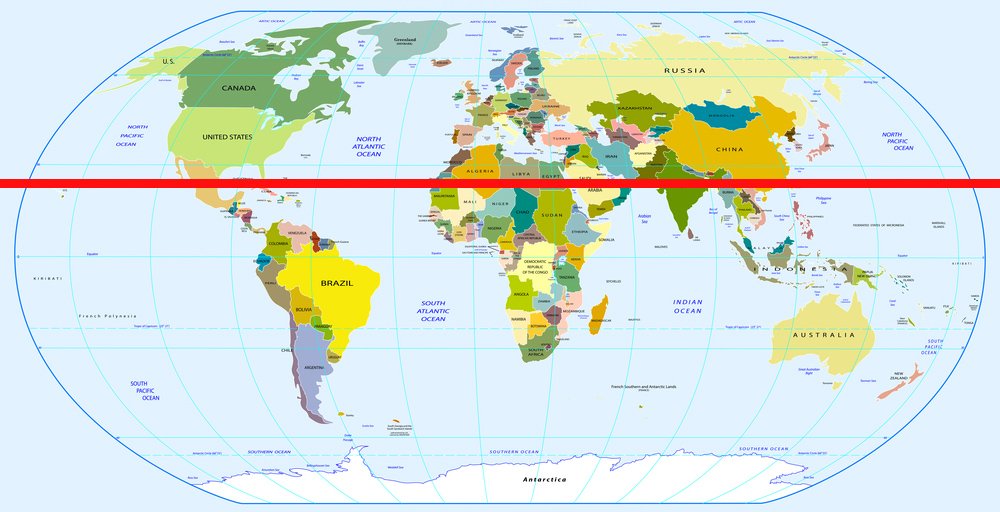
The best time is around 9.00 pm to 10.00 pm in early March. Look southeast and high up in the sky.
As the month progresses, the best time to see it becomes earlier, so by the end of March, look for the constellation at around 8.00 pm.
In the southern hemisphere, the constellation is best seen in autumn. Look northeast at around 9.00 pm to 10 pm. As the month progresses, the time to look will be earlier, around 8.00 pm.
What is the best way to view it?
If you are out and about, far from the city lights and interested in Cancer astronomy, you may be lucky enough to see constellation Cancer with the naked eye. It is the faintest of the Zodiac constellations and, therefore, sometimes difficult to find.
Using a powerful pair of binos will give you a better chance of viewing the Crab. The best way to view the Crab is through a telescope.
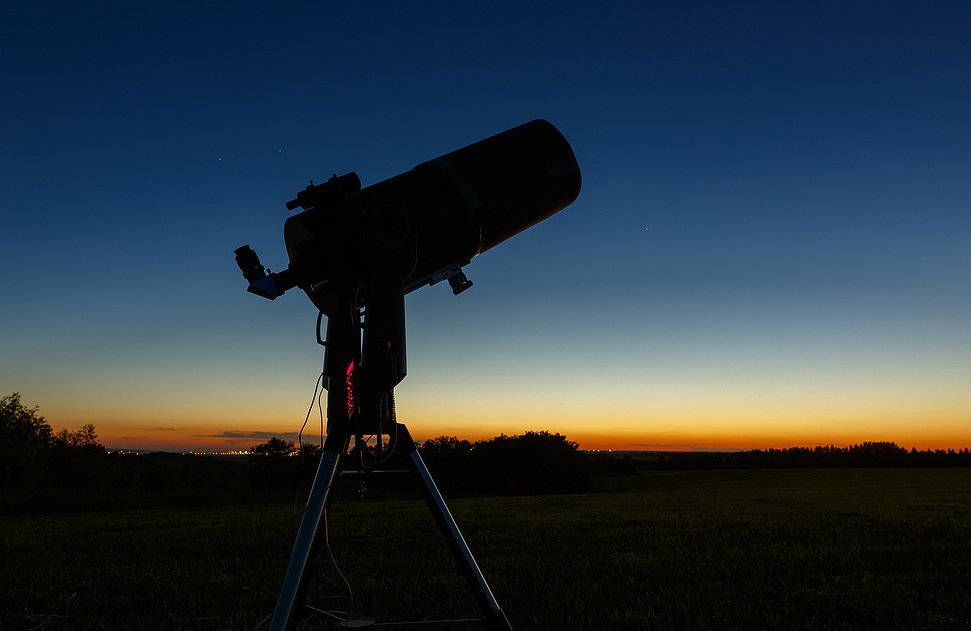
For amateurs, there is a great choice of well-priced scopes that will give you fabulous views, even in your city garden. Dobsonian telescopes are designed with beginners in mind and the Dobsonian vision is to bring powerful telescopes to the amateur.
Depending on your budget, you can spend from around $250 to $900 on a telescope that is sure to become a favorite with the family.
The Orion 8944 SkyQuest XT6 Classic Dobsonian Telescope is a great mid-priced scope. It features a large 150mm (6”) aperture coupled with a sturdy base that allows easy point-and-look navigation.
Setting it up is very quick and there is no need to struggle with polar alignment.
History
Who discovered Cancer constellation?
Ancient history tells us that the Babylonians as keen astronomers had identified a constellation which they named the Crayfish, 3000 years ago.
The Egyptians kept records of constellations as far back as 2000BC. In these records, they described the constellation as Scarabaeus, the Scarab. The Scarab is a beetle with a hard blue shell and is regarded as a sacred emblem of immortality.
In somewhat more recent times, the famous Ptolemy named the Crab. He lived between 90 AD and 168 AD.
Claudius Ptolemy was a Greek mathematician, geographer, astrologer, and astronomer. He lived in the city of Alexandria in Egypt, which at the time was under the rule of the Roman Empire.
Cancer, the crab constellation, was one of the first objects Galileo observed with his telescope in 1609. Galileo di Vincenzo Bonaulti de Galilei was an Italian astronomer and physicist. He has been described as the “father of observational astronomy.” (11)
When was it first recorded?
The ancient Babylonians were keen astronomers and had identified a constellation which they named the Crayfish, 3000 years ago.
As far back as 2000BC, the Egyptians kept records of constellations.
In these records, they described the constellation as Scarabaeus, the Scarab.
How did the Cancer constellation get its name?
Based on ancient Babylonian history, astronomers around 3000 years ago had identified a constellation that resembled a sea creature with large claws in the front of the body.
They named it the Crayfish. Future astronomers called it the Crab.
The Latin word for crab is Cancer and so in Cancer etymology, it became known as the Cancer Constellation in modern times.
The Cancer constellation name carries no medical meaning and is not related to the medical condition of cancer. People born under this sign are in no way more prone to getting cancer than any other person born under a different sign.
Mythology
Cancer constellation in mythology
Like many of the constellations, there are several different stories in ancient mythology about the Crab.
One Cancer constellation myth tells of Hercules, son of Zeus, who was endlessly tormented by Hera, his stepmother. She hated Hercules with a passion and made it her mission to kill him.
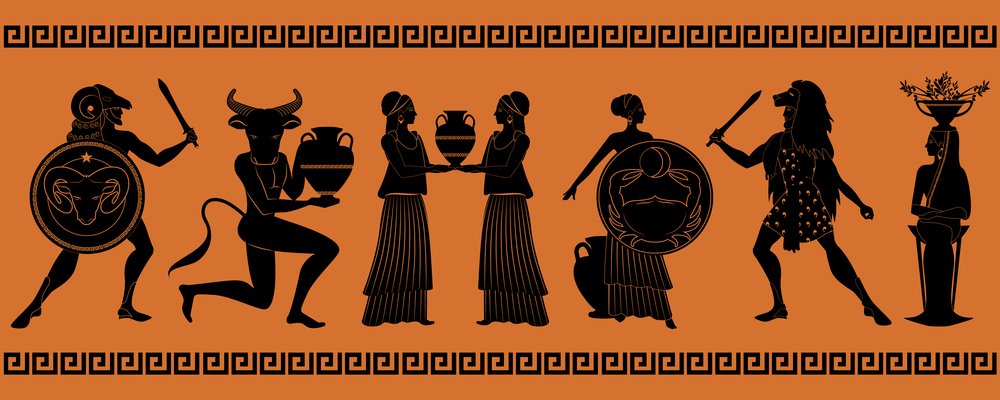
Living with ongoing attempts on his life eventually drove Hercules insane. In his rage, he killed six sons of Zeus. When Hercules regained his sanity, he was forced to carry out a number of tasks as punishment and penance for his actions.
His second task was to kill Hydra, a snake-like beast with multiple heads. Hera, his stepmother, watched horrified as he battled with Hydra. She sent along a crab to distract him. The crab had little effect and after biting his ankle, Hercules crushed it with his foot.
Choose the ending you prefer – in his rage, Hercules kicked the crab into the sky or, Hera placed it there to honor its service.
Many zodiac signs are linked to Greek and Roman gods. You may ask what God is Cancer, or what Greek God is associated with Cancer? In fact, Cancer is one of the few signs that are not associated directly with God.
What does Cancer constellation symbolize?
Are you fascinated by the Cancer symbol meaning and are keen to know what does the Cancer sign mean?
In ancient Babylonian history, the crab offers a strong connection to death and the underworld. In Greek mythology, this theme continues in the Cancer mythology story of Hercules and Hydra.

The Crab was sent by Hera, his stepmother, to distract Hercules while he was trying to kill Hydra. Unfortunately, the Crab had little effect and was crushed underfoot by Hercules. To honor it, Hera placed it into the sky.
In the modern world, the crab as a sea creature symbolizes toughness and resilience. The hard shell protects them, even though inside, they are small and timid creatures.
Some ancient cultures described the constellation of Cancer as a lobster, scarab, or turtle. All these creatures have similar characteristics of endurance and self-sufficiency. They all have the inborn ability to defend themselves against forces that are greater than they are.
The Crab is known to persevere despite efforts to detract it. Have you noticed how a crab will struggle to get to the water, despite the strength of the waves crashing up onto the shore and washing it back?
A question often asked is, what is Cancers’ planet? It is, in fact, our very own moon that orbits the Earth.
Related: Taurus Constellation: The Ultimate Guide
Future
The Cancer Constellation remains one of the Zodiac signs and as time progresses and more powerful telescopes are invented, we will no doubt find more exciting celestial objects in this constellation.

Meteor showers are amazing sights to see and every year. Cancer offers a great show called the Delta Cancrids.
This shower originates in the sky from the Cancer constellation and can be viewed from December 14 to February 14. It is at its brightest between January 1 and January 24. (12)
For those avid astronomers who keep track of the sun’s movement, it will enter the constellation of Cancer on July 20, 2020, at 118.27 degrees.

